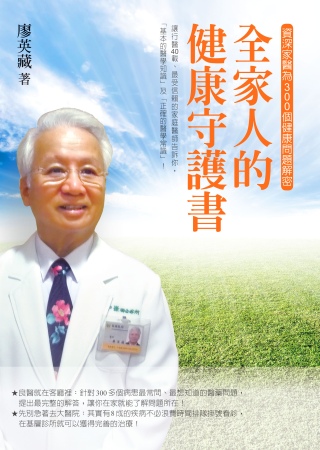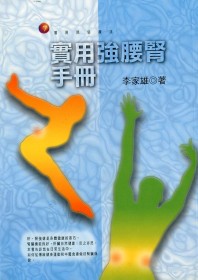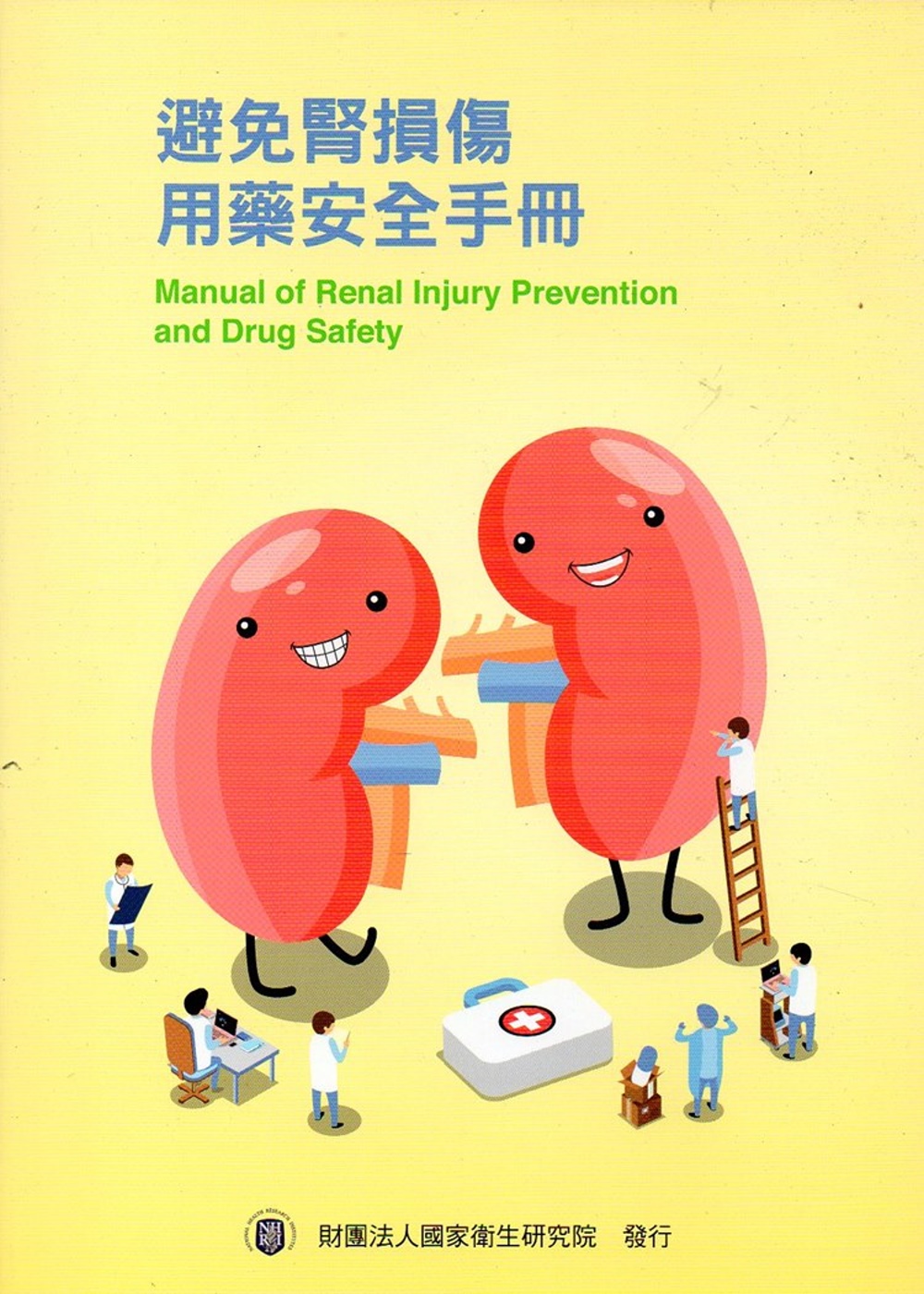Exercise in Rehabilitation Medicine | 生病了怎麼辦 - 2024年7月

Exercise in Rehabilitation Medicine
Therapists, exercise physiologists, and physicians will find Exercise in Rehabilitation Medicine, Second Edition, a highly useful reference in designing exercise rehabilitation programs for patients with various disabling illnesses and conditions. This book provides an understanding of the basic physiological adaptations to exercise and aids health professionals in properly matching a training program with the impairment, activity, activity level, and participation goal appropriate for the patient.Written by the most distinguished rehabilitation clinicians in the field, Exercise in Rehabilitation Medicine, Second Edition, provides a comprehensive approach to the use of exercise as a primary modality in the arsenal of rehabilitation specialists. Thoroughly updated, this new edition focuses on the basic sciences and clinical correlates affecting the use of exercise, and it includes new chapters on the use of exercise in patients with HIV/AIDS, end-stage renal disease, and cancer recovery. It also includes the following features: -Discussion of equipment and protocols used for testing the capacity of the patient, with specific reference to strength, endurance, flexibility, and balance-12 clinical chapters, each including a case study that shows how the information applies to a specific patient, indicating the practical importance of the knowledge presented-More than 200 tables, illustrations, and photos to reinforce and clarify the text-Subject and citation indexes, along with extensive reference lists for each chapter, making it easy to access the information and explore subjects in greater depth.In part I, the focus is on biological considerations, including physiological responses to exercise and adaptations regarding strength, endurance, flexibility, balance, and coordination. Only by understanding these basic facts can a health professional properly match a training program with a patient. Part II details special clinical considerations, including the principles of exercise testing and exercise prescription and examining the role of exercise in preventing chronic illness. Part III discusses the rationale and clinical importance of exercise in the rehabilitation of patients with various disabling conditions, and it addresses the factors that must be weighed when prescribing exercise for these conditions. Among the diseases discussed in these 12 chapters are diseases of the heart, circulatory system, lungs, kidneys, joints, and bones and the endocrine, immune, and neuromuscular systems. Part IV includes two chapters on special populations: the elderly and elite athletes with disabilities.Exercise in Rehabilitation Medicine, Second Edition, combines theory with practical and clinical information, establishing both the "how" and "why" of exercise rehabilitation. Its clarity will help those with little technical expertise to follow it and put it to use, and its detail and advanced material will aid those who are experienced to significantly improve their understanding.
Walter R. Frontera, MD, PhD, is Earle P. and Ida S. Charlton professor and chairman of the department of physical medicine and rehabilitation (PM&R) at Harvard Medical School. He is the chief of PM&R at the Spaulding Rehabilitation Hospital, the Massachusetts General Hospital and the Brigham and Women’s Hospital in Boston, Massachusetts. He is board-certified in the medical specialty of PM&R and has a PhD in exercise physiology. He has more than 20 years of experience in the practice of PM&R and in the use of exercise in various patient populations. He is the secretary general of the International Sports Medicine Federation and the editor in chief of the American Journal of Physical Medicine and Rehabilitation.David M. Slovik, MD, is chief of medicine at Spaulding Rehabilitation Hospital in Boston, Massachusetts, where he has worked for 30 years. He has also served as medical director of the musculoskeletal program at Spaulding. Dr. Slovik trained in endocrinology at the Massachusetts General Hospital where he continues to teach and practice. He is an expert on osteoporosis and related disorders, including the effects of exercise on osteoporosis. He is also an associate professor of medicine at Harvard Medical School, with 30 years of teaching experience. He is a member of the American Society of Bone and Mineral Research.David M. Dawson, MD, is professor of neurology at Harvard Medical School and a member of the Department of Neurology at the Brigham and Women’s Hospital. He has extensive experience in teaching and in residency supervision and is an expert in clinical neurology with an emphasis on neuromuscular disease and multiple sclerosis. He has served on various boards of the National Multiple Sclerosis Society.
 15大慢性病飲食全書【全新修訂版】
15大慢性病飲食全書【全新修訂版】 圖解痛風飲食與療法
圖解痛風飲食與療法 生酮治病飲食全書:酮體自救飲食者最...
生酮治病飲食全書:酮體自救飲食者最... 他的癌細胞消失了:1~99歲都適合...
他的癌細胞消失了:1~99歲都適合... 吃對鹽,救你命:焦慮、過胖、不孕、...
吃對鹽,救你命:焦慮、過胖、不孕、... 防癌抗老食療先修班:營養學專家教你...
防癌抗老食療先修班:營養學專家教你... 全家人的健康守護書:資深家醫為30...
全家人的健康守護書:資深家醫為30... 啟動生技密碼二部曲
啟動生技密碼二部曲 實用強腰腎手冊
實用強腰腎手冊 避免腎損傷用藥安全手冊
避免腎損傷用藥安全手冊